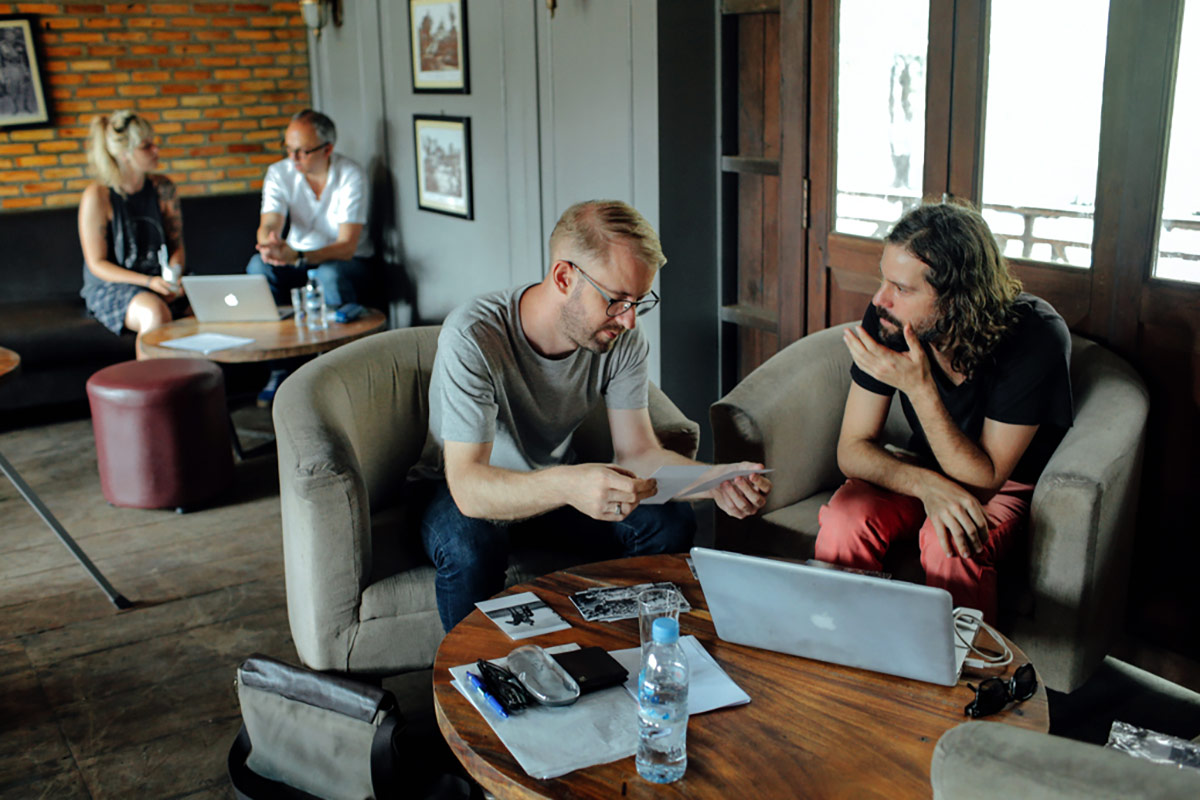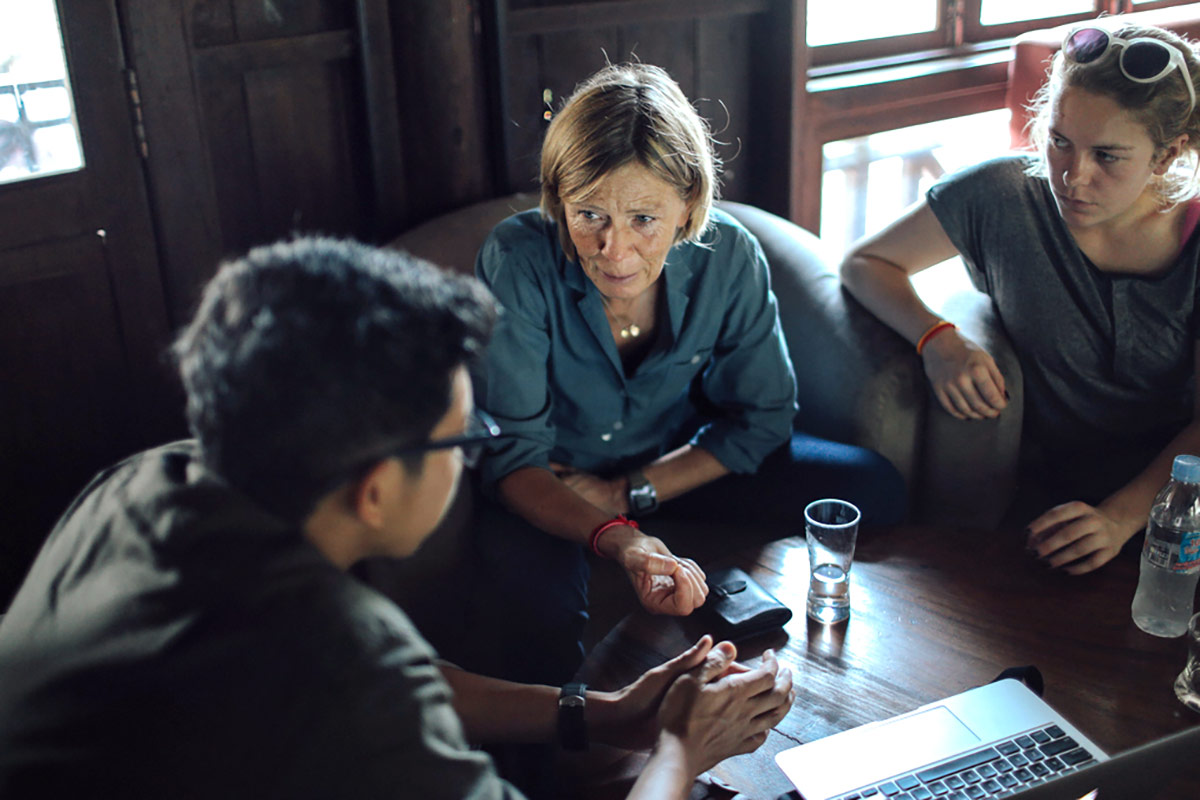The next step after investing time and effort (Portfolio By Heart #1) in building a proper portfolio is to put it into use. In this article, I would like to talk about how a photographer could use their portfolio as a networking tool within the professional scene.
What’s a portfolio review?
Directly presenting your portfolio to potential clients, employers or colleagues means a rare opportunity to receive professional and critical feedback from the people in the industry. At the same time, this helps extend your professional network as well as open up future work offers. The whole process termed “portfolio review” is typically an one-on-one conversation that lasts for about 20 minutes. During this exchange, the artist can introduce about two projects with approximately 20 to 40 photographs. Like speed-dating, the artist has to be well-prepared in order to leave a good impression within such short amount of time. Essentially, a portfolio review can be seen as a job interview.

Like many other young photojournalists, I used to email my personal online portfolio to hundreds of editors that I found on the Internet. All I got in return was a few polite rejection letters while the rest was lost in oblivion. Later on, only when I had my portfolio review in person with several editors whom I used to email did they take the time to browse through my work. I learned the lesson that clients almost always play it safe by hiring photographers they trust; and portfolio review sessions are an ideal way to reinforce make connections.
Aside from making good work, in order to succeed during a review session, the photographer has to display their personal vision and a long-term “commitment”. You will be evaluated for not only your work but also your ethics, communication skills and attitude toward your products and the people you interact with. For instance, a presentation on an iPad with a clean screen and organized folders of labeled files is a much better reflection of you than a slideshow of random images.
A few practical cases of portfolio reviews
A portfolio review often has two basic goals: to receive professional feedback or to seek collaboration/ job opportunities. Identifying your specific goal will help you make the right choice and prepare properly before the session. For example, a news editor will never bother to look at a personal series about your secret lovers while an exhibition curator wouldn’t care about a photo essay about traffic jam during rush hour.

Allow me to talk about a few cases of portfolio review sessions and how to build/ present your portfolio appropriately:
Case 1: An Interview with a Newspaper Photo Editor
Goal: To find work as a photojournalist
The presentation here does not have to be pretentious; you could pull up your personal website or a pdf file on an iPad or a laptop. The portfolio should include between three to five photo essays and/or single images. For news photography, a good single photograph should be able to tell the story, so it is best to avoid having similar photographs stacked together. Being able to present photo essays about different issues are no less important. The editor would expect you to cover a friendly soccer match just as well as the flood aftermath.
Case 2: Submission to a publication (Publisher)
Goal: To get published
Many publishers always want to see a mockup of the book you want to introduce. This version of the book is usually handmade beforehand. The criteria for photo selection is the same as that of a regular portfolio which requires a visual consistency. The author also needs to prepare a title and an introduction essay for the book. The most important thing about presenting your book idea is to have a coherent visual narrative and layout that can captivate and guide the viewers.
Case 3: Work submission to a gallery (gallery curator)
Goal: To have a personal exhibition
For this case, most of the time you have to bring large-sized prints. The selected photographs should fit the aesthetic style of the gallery, which you should be aware of beforehand. Only the best photographs from the project should be selected, sequenced and presented in a specific way to attract the reviewer visually and to assist you in explaining your creative process. The gallerists also expect you to demonstrate comprehensive knowledge about printing and photo paper because the quality of a print to them is as important as that of a photograph.

After every portfolio review session, many international artists often give their clients a dummy book, some postcards or personal promotional materials to strengthen the connection.
In a time when everybody can be called a photographer, those who wish to become professional need to understand that a decent body of work is just the starting point. Putting your works out there is another arduous process. After building a strong personal portfolio, attending portfolio review sessions is the key next step for your career in order to become part of the industry and to find an outlet for your products.

